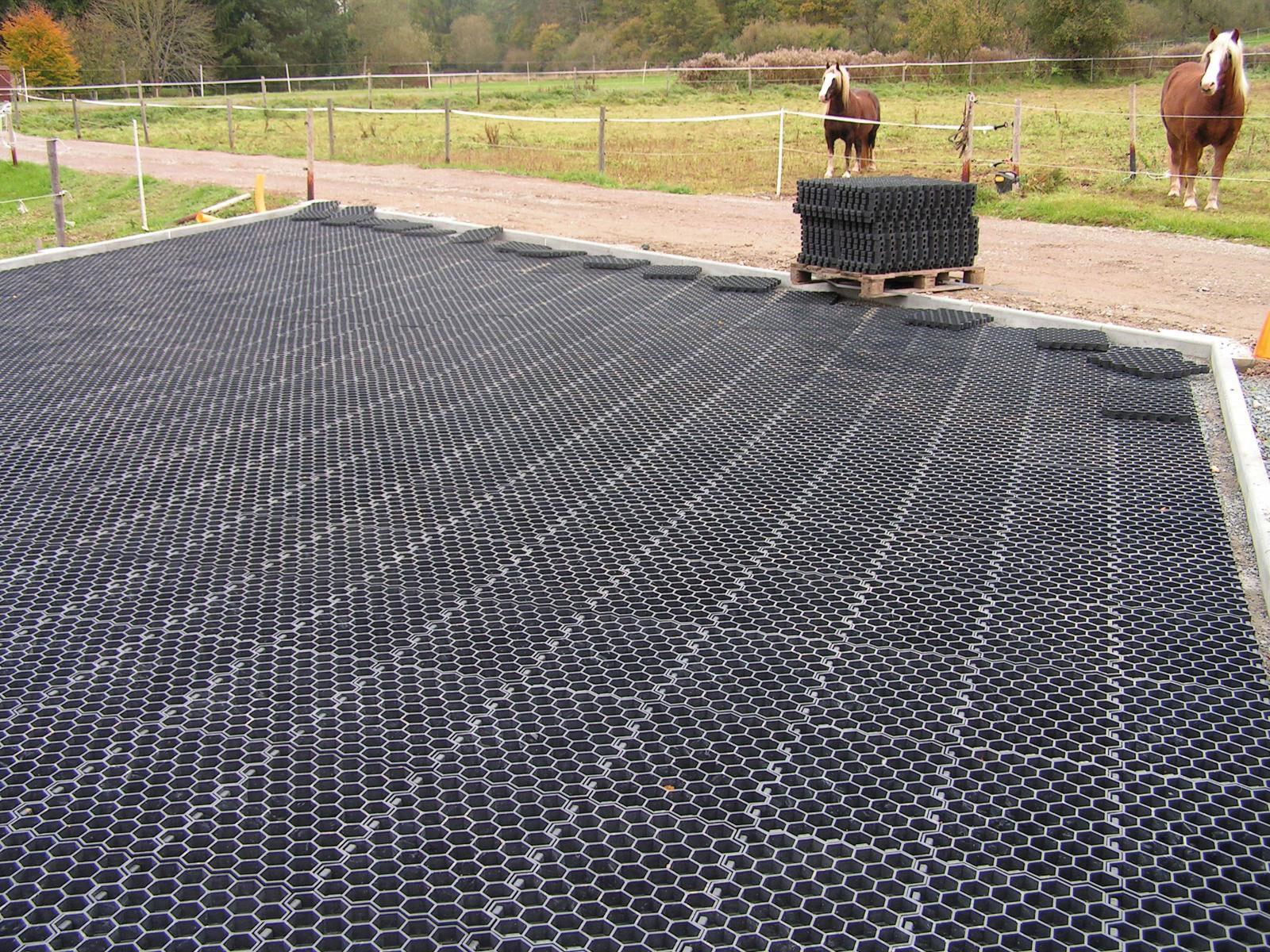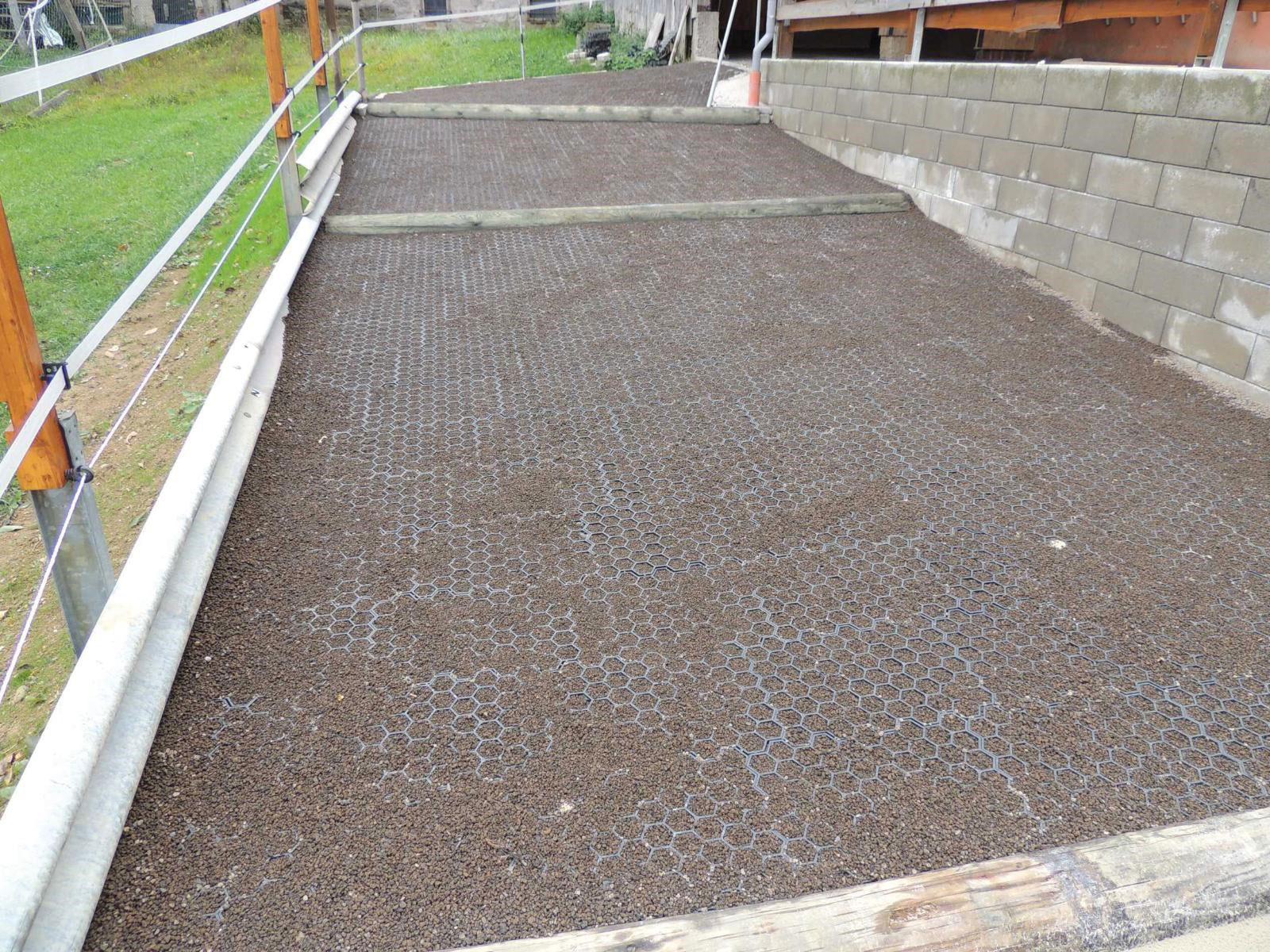Now that we’ve reached spring, you may be dreading the rainy months since they can bring a lot of mud around the barn. Managing mud can be challenging, but it’s crucial for horse health and safety. Here are some tips for managing mud during the spring and rainy months:
- Install a drainage system
One of the best ways to manage mud is by installing a drainage system. The system will help to divert water away from the barn and keep the ground dry. If you don’t have a drainage system, consider installing French drains around the barn. These will help to reduce the amount of standing water and mud.
- Manage manure disposal
Manure is a significant contributor to mud in barns. If you don’t manage it properly, it can make the mud problem worse. Ensure that you have a proper manure management system in place. Clean stalls regularly to prevent buildup and ensure that the manure pile is away from high traffic areas.
- Use PermaGrid
PermaGrid is an excellent investment for long lasting mud prevention results. PermaGrid can be used in paddocks, gate areas, watering areas, and so much more. For an all-weather grass surface with excellent mud control, install PermaGrid on a free-draining sub-base, backfill the area with topsoil, and then seed or turf for use instead of a sacrifice area. For a gravel finish that’s suitable for horses, install PeramGrid on a free-draining base. Fill the cells with a well-graded angular gravel (3/16-5 /8”) and compact.
In conclusion, managing mud in barns during the spring and rainy months can be challenging, but is crucial for horse health and safety. Follow these tips to reduce mud and keep your horse’s environment clean, dry, and stable. For more information about installing PermaGrid or other barn flooring options contact our team at Sterling Equine for further assistance.

